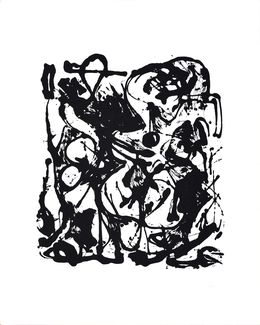
Presentation
Jackson Pollock is one of the most iconic figures of twentieth-century American art. His techniques influenced an entire school of artists who were then part of the abstract expressionism movement.
Born in 1912 in Wyoming, Pollock grew up in California and Arizona. He was influenced by Navajo ritual dances and sandpainting, which he had observed in Indian reservations in Arizona. Pollock's older brother, Charles, a student at the Otis Art Institute in Los Angeles, gave him a taste for the arts! So much so that Pollock enrolled at Manual Arts High School in 1927. Three years later, the brothers moved to New York together, where Charles introduced Pollock to the work of Mexican muralists such as José Clemente Orozco, David Siqueiros, and Diego Rivera. Pollock also discovered cubism and surrealism. He admired the great European painters such as Pablo Picasso, Joan Miró, and André Masson. Pollock's European influences inspired him to explore mythological themes.
Unfortunately, Pollock's alcohol addiction forced him to seek treatment. There, he was encouraged to use drawing as a form of therapy. Drawing was a method that helped Pollock understand himself and to materialize abstract thoughts like humanity's deepest fears.
Like many surrealists, Pollock practiced automatic writing and tackled much more sizeable formats. In 1943, he met Peggy Guggenheim, who helped him exhibit his work in a gallery in New York. One imposing mural in particular seduced visitors, marking the beginning of Pollock's success...
In 1945, Pollock moved in with his wife and set up his studio in a barn, where his most prominent works were born. His monumental paintings were designed according to his unique techniques: drips, splatters, and splashes that flooded the surface of the canvas. The method was dubbed “all-over" painting. Pollock painted without his brush ever touching the canvas, which earned him the nickname “Jack the Dripper".
Art also lies in the gestures and energy of the artist painter; Pollock used it as a means of external expression and a form of cleansing. This was later called “action painting". After 1952, Pollock reintroduced figurative elements in his paintings and began using the brush again. He was very prolific during his last years of life before a fatal car accident put an end to his artistic momentum in 1956.
The abstract expressionist left behind more than 700 works of art that influenced the greatest painters and changed artistic creation forever.


Untitled - Expression no. 2
Jackson Pollock
Print - 74 x 58.5 x 0.2 cm Print - 29.1 x 23 x 0.1 inch
€44,000
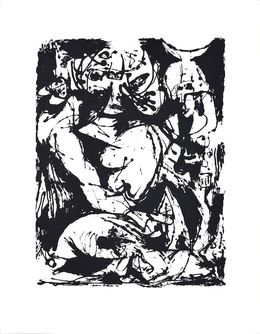
Untitled, CR1095 (after painting Number 22, CR344)
Jackson Pollock
Print - 73.5 x 58.3 x 0.1 cm Print - 28.9 x 23 x 0 inch
€47,000

Untitled - Expression no. 1
Jackson Pollock
Print - 58.5 x 74 x 0.2 cm Print - 23 x 29.1 x 0.1 inch
Sold
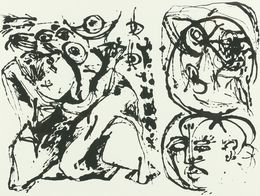
Posts about Jackson Pollock

How to Determine the Price of a Painting
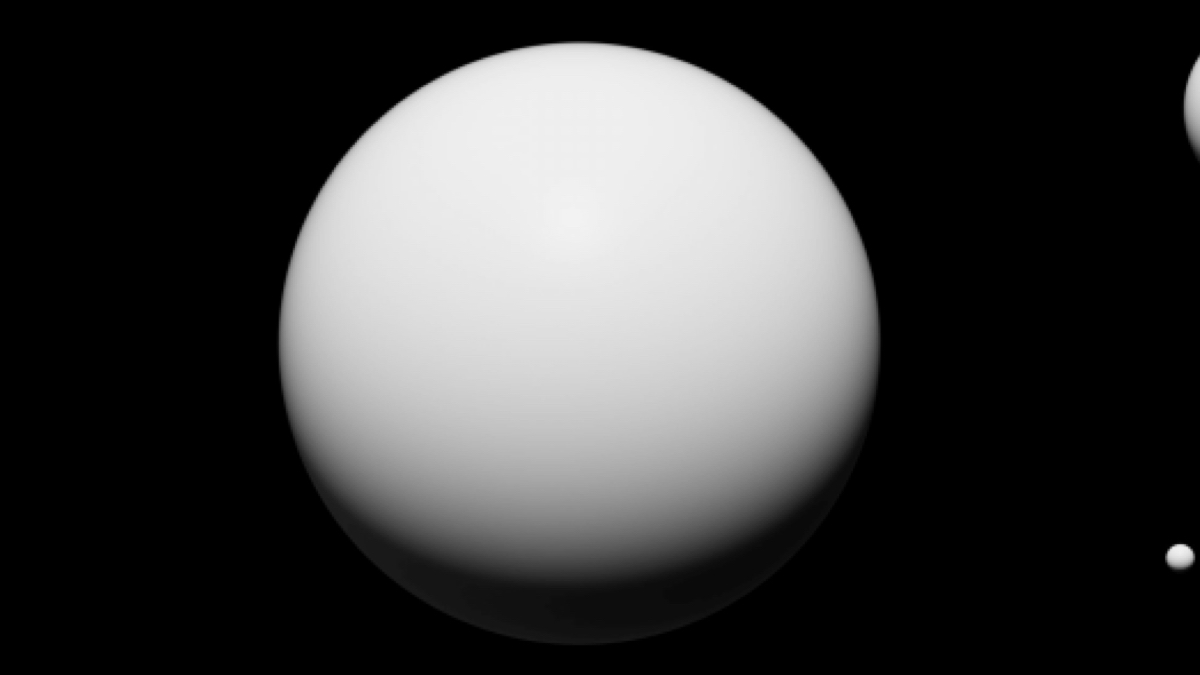
Top 10 Famous Art Pieces Sold in 2021
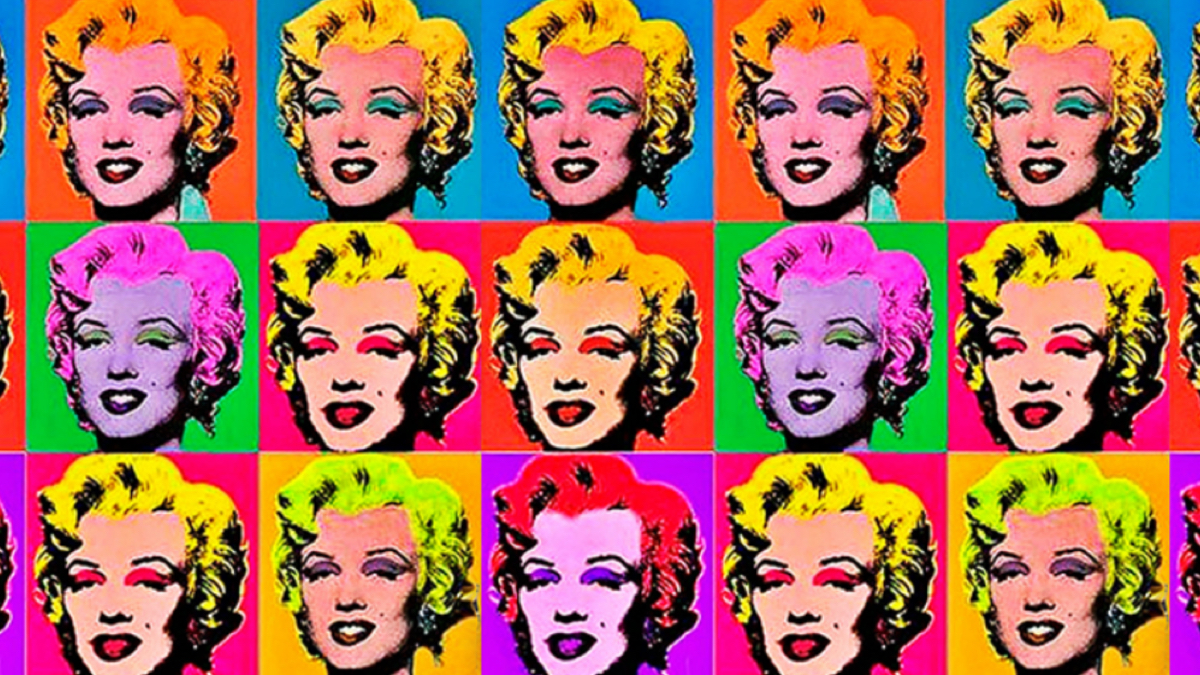
The Best American Masterpieces of All Time

8 American Artists Whose Controversial Art Shocked the World

5 artists who consider black to be a color

The 10 best art museums in Los Angeles you should know!

The Influence of Japanese Art on Western Artists

The most expensive artworks in the world in 2019

25 Contemporary Artworks you need to see

5 contemporary artworks you must see in New York
Discover our selections of works by artists
What are their 3 main works?
What is Jackson Pollock’s artistic movement?
When was Jackson Pollock born?
